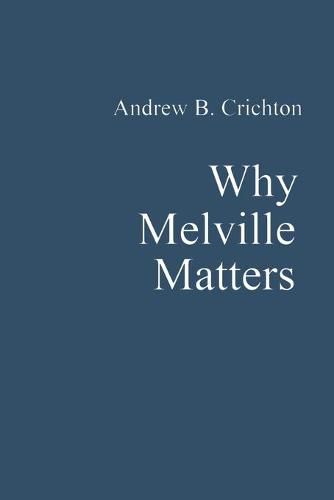Readings Newsletter
Become a Readings Member to make your shopping experience even easier.
Sign in or sign up for free!
You’re not far away from qualifying for FREE standard shipping within Australia
You’ve qualified for FREE standard shipping within Australia
The cart is loading…






This title is printed to order. This book may have been self-published. If so, we cannot guarantee the quality of the content. In the main most books will have gone through the editing process however some may not. We therefore suggest that you be aware of this before ordering this book. If in doubt check either the author or publisher’s details as we are unable to accept any returns unless they are faulty. Please contact us if you have any questions.
Initially in this book, I wanted to explore two things: the connection between Herman Melville and the artist Joseph Mallord William Turner; then Herman Melville's sub-text in the novel. The art trail led me to Frank Stella, who on his own aesthetic path, had discovered how Moby-Dick would expand his art. On the second point, it seems that Moby-Dick makes special demands on the reader to be open to hints and able to work through details to a satisfying conclusion. This process with Melville's help will sort through details to a final conclusion in the best rational sense. It became clear that Melville sometimes mixed his voice with the narrative voice of Ishmael. This led to the possibility that Ishmael's friendship with Queequeg allowed Melville to link his experience on South Sea islands to Queequeg's own. It opened up all the evidence of Melville's ethnology, both in Moby-Dick and in his other works. My study relied on the state-of-the-art in the sciences of biology, geology, geography, spherical geometry and circumnavigation. Some of the most pressing social concerns of colonial expansionism and slavery in the United States are also coming to a boil both on land and on the Pequod.
$9.00 standard shipping within Australia
FREE standard shipping within Australia for orders over $100.00
Express & International shipping calculated at checkout
This title is printed to order. This book may have been self-published. If so, we cannot guarantee the quality of the content. In the main most books will have gone through the editing process however some may not. We therefore suggest that you be aware of this before ordering this book. If in doubt check either the author or publisher’s details as we are unable to accept any returns unless they are faulty. Please contact us if you have any questions.
Initially in this book, I wanted to explore two things: the connection between Herman Melville and the artist Joseph Mallord William Turner; then Herman Melville's sub-text in the novel. The art trail led me to Frank Stella, who on his own aesthetic path, had discovered how Moby-Dick would expand his art. On the second point, it seems that Moby-Dick makes special demands on the reader to be open to hints and able to work through details to a satisfying conclusion. This process with Melville's help will sort through details to a final conclusion in the best rational sense. It became clear that Melville sometimes mixed his voice with the narrative voice of Ishmael. This led to the possibility that Ishmael's friendship with Queequeg allowed Melville to link his experience on South Sea islands to Queequeg's own. It opened up all the evidence of Melville's ethnology, both in Moby-Dick and in his other works. My study relied on the state-of-the-art in the sciences of biology, geology, geography, spherical geometry and circumnavigation. Some of the most pressing social concerns of colonial expansionism and slavery in the United States are also coming to a boil both on land and on the Pequod.